The emerging impact of long COVID – where is the care?
An estimated 40% of people who have had COVID end up with lingering symptoms, or long COVID. Three survivors tell us how it’s going for them.
By November of last year, the number of long COVID sufferers globally stood at a staggering 100million. In research published by the University of Michigan, which took in 40 studies from 17 different countries, the most common symptom is fatigue. But the list includes shortness of breath, insomnia, aching joints, and brain fog.
Anecdotally, it’s clear that there is an even more vast range of symptoms associated with long COVID, and this aftershock effect is something that most health authorities were unprepared for. Unpredictable and unavoidable, there is a slight increase in the chance of developing it in Asia, and certainly it’s more likely if you were hospitalised with COVID. It’s also slightly more prevalent in women. But largely, it’s indiscriminate, and can be very serious.
For Cheryl Jones, 62, the aftercare has been a let-down
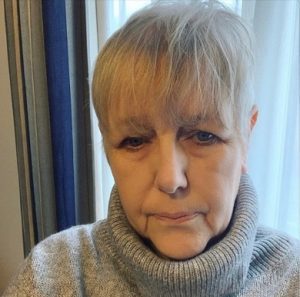
Cheryl Jones
Cheryl caught COVID during Christmas 2020, before being admitted to hospital on 30th December. She didn’t come home until 5th February.
The Jones family tested positive on Boxing Day. Both Cheryl’s husband and eldest son were ill, but her youngest luckily avoided symptoms. Cheryl’s experience was different.
“I was okay to begin with, just experiencing a slight cough. Then I went downhill quickly, resulting in my son calling for an ambulance. I had COVID pneumonia and was taken in [to hospital] straight away, as my oxygen levels were very low.”
Despite the scary situation, Cheryl described the hospital staff and ambulance crew as second to none. She felt she received great care and attention despite the hospital being short-staffed.
“We had been so careful with where we had been and who we saw, but we still ended up getting COVID. I have Crohn’s Disease and fibromyalgia, so I wasn’t surprised that I got so ill with it. I had to come off my medication for Crohn’s, but I was lucky that it didn’t flare up.
“Long COVID is very much like fibromyalgia with the fatigue and sore muscles, but it is the breathlessness that’s hardest to cope with. I was unable to get out of the bath or climb the stairs without getting out of breath.”
Cheryl felt the aftercare was not of the same standard she received at the beginning of her illness.
“The aftercare has been really bad. I didn’t receive any follow-up until I insisted on seeing a doctor in March/April when I wasn’t getting any better. Here, I was told I should have received a follow-up X-ray six weeks after I left the hospital, which I didn’t have until April.
Long COVID is very much like fibromyalgia with the fatigue and sore muscles, but it is the breathlessness that’s hardest
“Again, I heard nothing, and had to insist on seeing a doctor again. They diagnosed me with long COVID and referred me to the long COVID Clinic, where I would undergo more in-depth tests. In fact, it wasn’t a clinic at all, just someone at the end of the phone, asking questions and referring me to other people. When I went back to see my GP, I was told that they were unaware of all of this. They referred me back to the hospital to the Respiratory Support Unit, by whom I am still waiting to be seen.
“The only good thing to come out of the aftercare was my referral to the ENO (ENO Breathe is a programme that has been specifically developed for people recovering from COVID) for breathing exercises which I have started this month. I was informed that I was suffering from PTSD and needed to talk to someone, which I am still waiting for.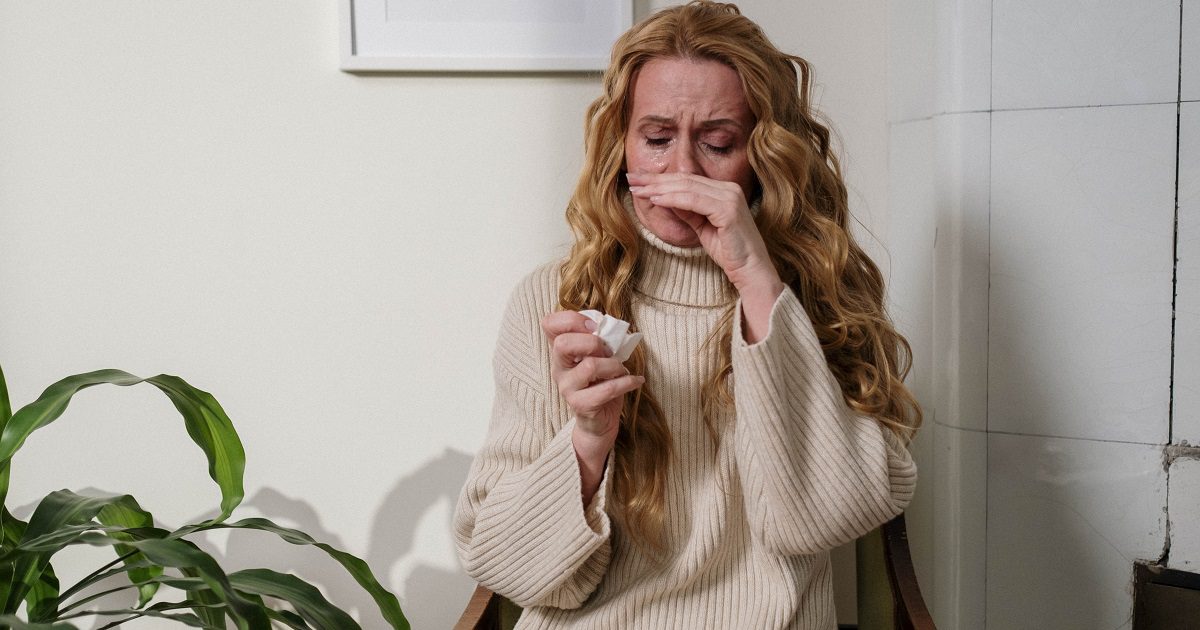
“I feel very let down by the follow-up services and the ‘clinic’, whom I’m still waiting to hear back from since the initial telephone call. I don’t think there is any support out there at all.
“My family have been great, and supportive, particularly since my anxiety levels have been getting higher as I worry about catching COVID again. I am lucky enough to be able to go and see a brilliant Osteopath who has helped me with getting my diaphragm and body back to how it was before I caught COVID, but this is privately funded.
I feel very let down by the follow-up services. I don’t think there is any support out there at all.
“A positive outlook of my experience has been my joining of a wellbeing club set up by Crawley Council, which I found through my own means. I go once a week which helps me get my fitness levels back up.
“I really do feel that a lot of people have just been left to try to cope alone, essentially left to ‘get on with it’.”
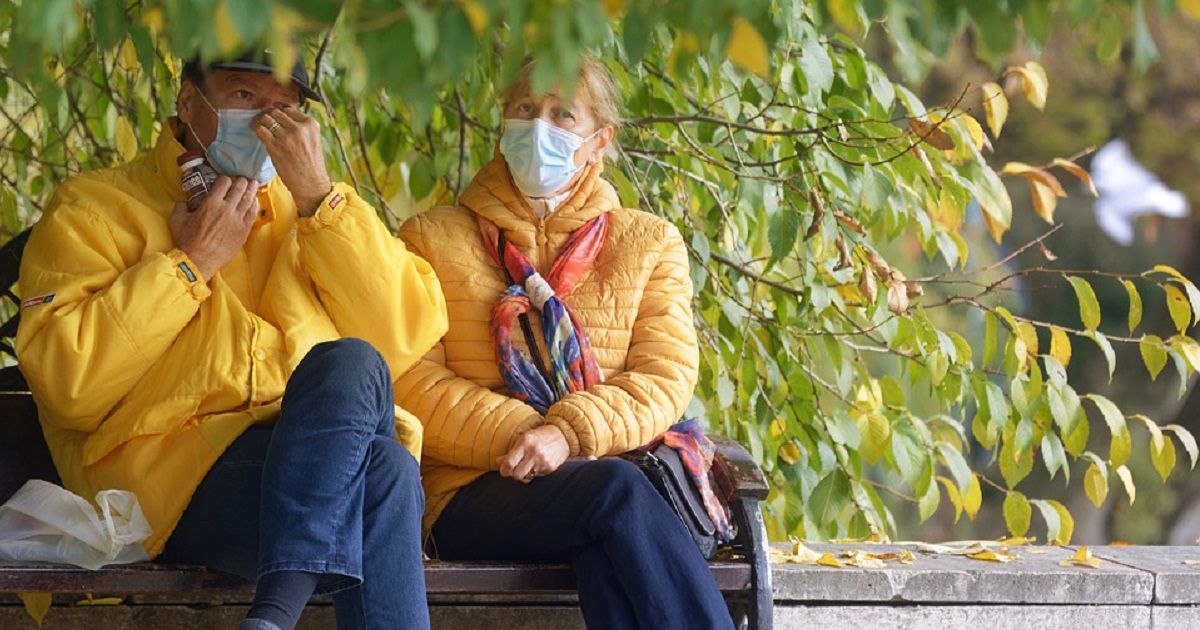
Thomas Jepsen, 29, took every precaution, but it wasn’t enough

Thomas Jepsen
“I’m the CEO of an architecture company. I thought I was invincible. I thought I was taking all the precautions necessary. At one point, I virtually had more hand sanitizer in me than water. I got COVID 14 months ago, in October 2020.
“I lost my sense of taste very early on and developed a strong cough, unlike what I ever get if I get a fever. I felt extremely fatigued and could barely walk up a
flight of stairs. I got tested, but it was pretty obvious what it was, as I had others around me that got it as well. I kept getting worse but didn’t want to seek out medical help in fear of infecting others. It kept getting worse until the day before I had intended on seeking out a doctor, at which point I started feeling better. I was sick for two weeks before I started getting better.
“I have had absolutely no sense of taste for 14 months. It’s the longest I’ve heard of anyone losing it. I still feel fatigued and cannot do nearly the level of physical activity I used to be able to. It pains me that people aren’t taking it seriously. The doctors I have gone to afterwards have been perplexed by the fact that my sense of taste is still gone.
I sincerely hope that the symptoms will go away but I am starting to realize that they may not
“I created a local support group for people that have had or otherwise been affected by COVID. I sincerely hope that the symptoms will go away but I am starting to realize that they may not. I have days where I feel more fatigued than others. The feelings I’m met with have been mixed. Some don’t believe me when I say I don’t have any sense of taste.
“I wake up every morning and tell myself to stay strong. The support group I’ve created has played a massive role in getting my head right. I know that we will one day wake up to normal times again, and I long for that day.”
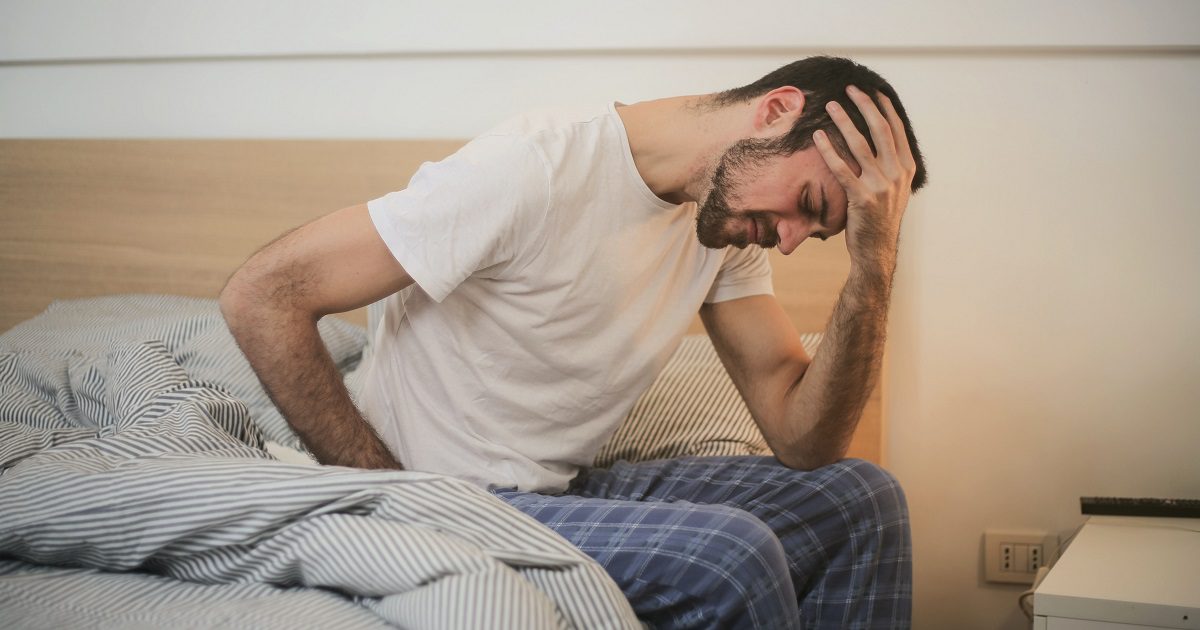
Julia Emmanuelle has been living long COVID for over 18 months
She caught COVID in April 2020, just as the country was plummeted into the first lockdown.
While the initial COVID symptoms subsided, Julia developed long COVID with her main symptom consisting of severe chest pains. Alongside this, she has been suffering with extreme fatigue and headaches.
“My experience with long COVID consisted of chest tightness, fever, and exhaustion. The inability to breathe properly was scary. After the first two weeks, the stabbing pains in my chest started to get worse. During the third week, I had a chest X-ray. Through private healthcare, I was sent for a lung CT and lung functioning tests in weeks four and five. About eight weeks after, the stabbing chest pain came back, and I was referred to a cardiologist for an echocardiogram and a cardiac MRI. I was diagnosed with pericarditis, which is an inflammation of the heart wall, as a result of COVID.”
In terms of treatment, Julia joined TenClinical’s COVID Recovery Programme. Despite the diagnosis, none of the treatment had a significant impact, and the pain persisted. Her treatment with TenClinical has been focused on cardiovascular training and strengthening the muscles around the heart.
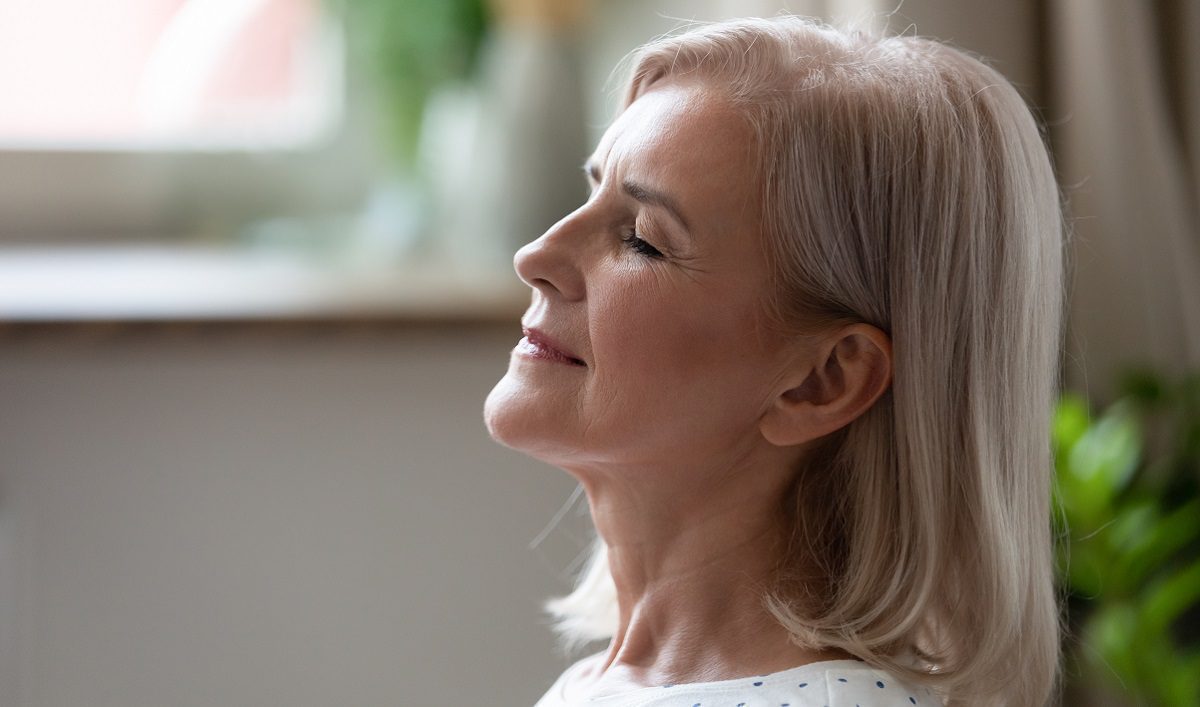
“As a result of my treatment with TenClinical, I can walk faster and complete more intense exercises while keeping my heart rate below 120bpm,” says Julia. “Which is in the safe zone. Being able to do exercise again makes me feel better, despite the frustration of having had pericardial pain for over a year.
… trying all sorts of natural supplements for the inflammation (such as magnesium, turmeric and omega 3) has been a big element in me trying to alleviate my symptoms
“From a medical perspective, I took Colchicine for over eight months, as well as having two rounds of steroid treatment and high doses of aspirin. I tried to get referred to the NHS Long COVID Clinics, but was told they only focus on pulmonary rehab, as they have no specialists for cardiology issues.
“Playing with my diet and trying all sorts of natural supplements for the inflammation (such as magnesium, turmeric and omega 3) has been a big element in me trying to alleviate my symptoms.”

In terms of NHS treatment for long COVID, Julia feels much the same way as Cheryl.
“The support from the NHS has been zero; if I didn’t have access to private coverage, I wouldn’t have had anyone to look after me. I already changed cardiologists once, and also consulted cardiologists overseas in Canada and Europe. Very few understand my case…
“I fell pregnant in February 2021, and I’ve been a guinea pig as a long COVID patient having a baby. I managed to get through the pregnancy without further complications, but I’m still suffering from some chest pain post-delivery of my baby boy at the beginning of November.
It’s common to see people thinking that they are fully recovered, do high intensity exercise, and then getting even worse
“The key piece of advice when it comes to getting better is to follow the medical advice, and be patient and persistent. From the physiological point of view, it’s important to listen to the body and make sure that whatever we do it’s not going to make the symptoms to get worse so it’s essential to identified reg flags and thresholds.
“We have often seen regressions when it comes to exercise and symptoms. It’s common to see people thinking that they are fully recovered, do high intensity exercise, and then getting even worse than when they got COVID for the first time. That’s why it’s important to identified the red flags and thresholds mentioned above and work from there. Set a recovery plan and start achieving little goals and get better.
“You never know how your body will react to COVID, or any other illness. So much of it is a mental game – meditation and positive thinking can massively improve the day-to-day impacts of physical illness.”
Interviews edited for clarity
For more information about long COVID head to the Your COVID Recovery site

Carly gets to do everything under the sun, including writing, editing, taking photos, creating stories, and swanning around at launches. She can down a glass of Prosecco without pausing for breath, and aims to be the youngest Pulitzer winner ever.

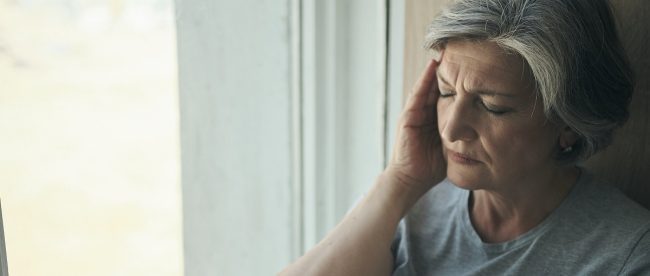


Leave a comment